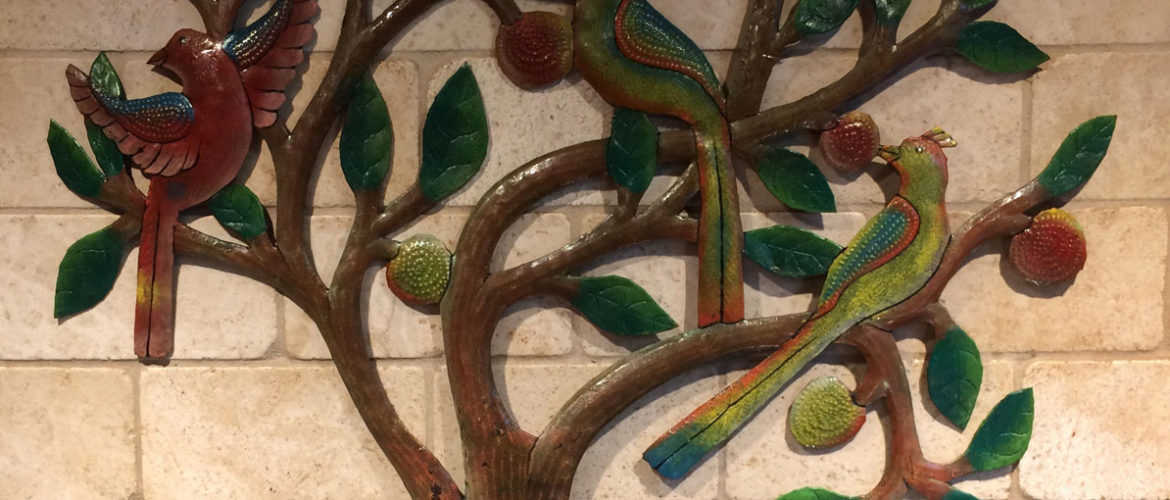Decorative metalwork is one of Haiti’s most distinctive art forms. Ask anyone where you should go if you want to find great metal art, and they’ll direct you to the Village Artistique de Noailles in Croix-des-Bouquets (Creole: Kwadèbouke), a commune about 8 miles northeast of Port-au-Prince where young artists go to apprentice themselves to master metalworkers, practicing their trade in workshops for years until they’re ready to craft designs of their own.

Croix-des-Bouquets is Ground Zero for locally produced metal art.
Today, the system of apprenticeship is an essential aspect of metal art production. But the original artist to whom all others owe their inspiration was self-taught.
Georges Liautaud was a metalsmith born in Croix-des-Bouquets in 1899. Late in his life, he began fashioning scrap metal into intricate crosses to decorate graves at the local cemetery. Sometime in the 1950’s, these crosses were noticed by Dewitt Peters, a minor American painter who had founded Le Centre d’Art in Port-au-Prince in 1944. Peters encouraged Liautaud to create a wider variety of works, and soon he was turning scrap metal into art with Christian and Vodou spiritual imagery.
In time, Liautaud began teaching other young artists the metalworking craft. His first protege was Murat Brierre, who went on to become renowned in his own right. Other well-known metal artists are Gabriel Bien-Aime, the Louisjuste brothers, Jean Sylvestre, and Serge Jolimeau.
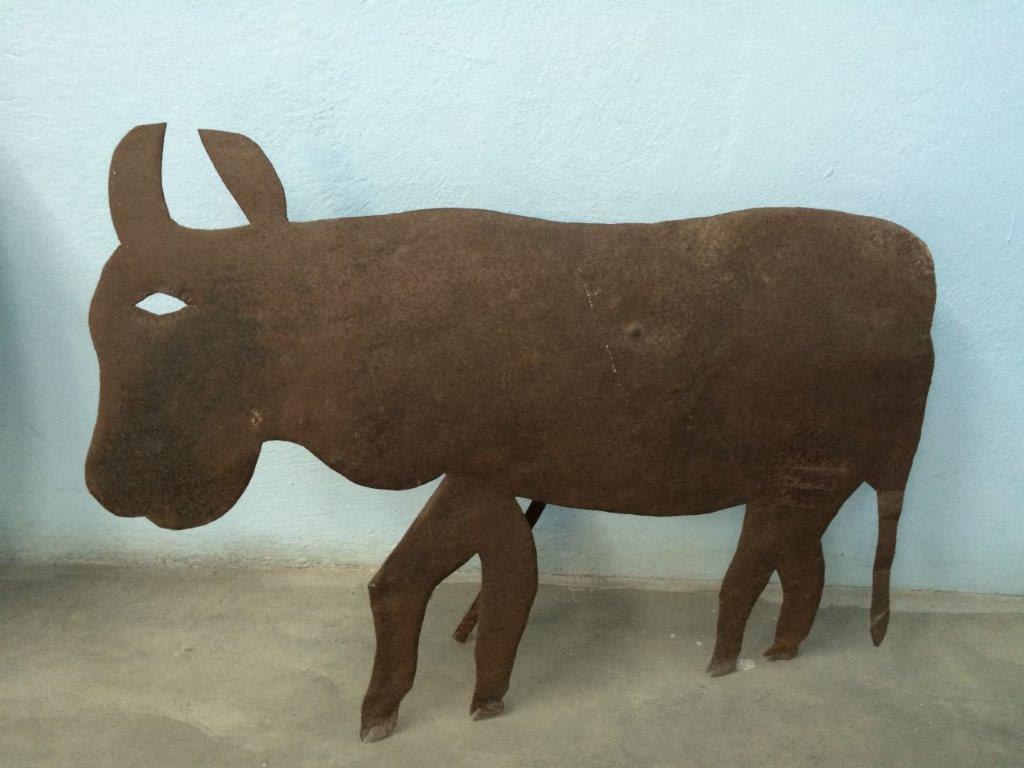
Because oil drums were made of much thicker steel in the first few decades of metal art production, early works are generally sturdier and more blunt-looking than modern ones. This piece is a Liautaud original.
All the metal is sourced from 55-gallon steel oil drums, a readily available byproduct of shipping from the harbor in Port-au-Prince. Each drum is first burned to remove all paint and residue, then cut vertically down both sides and flattened into panels. Since the artists try to waste as little metal as possible, contemporary metal works tend to have standardized dimensions based on the size of these panels.
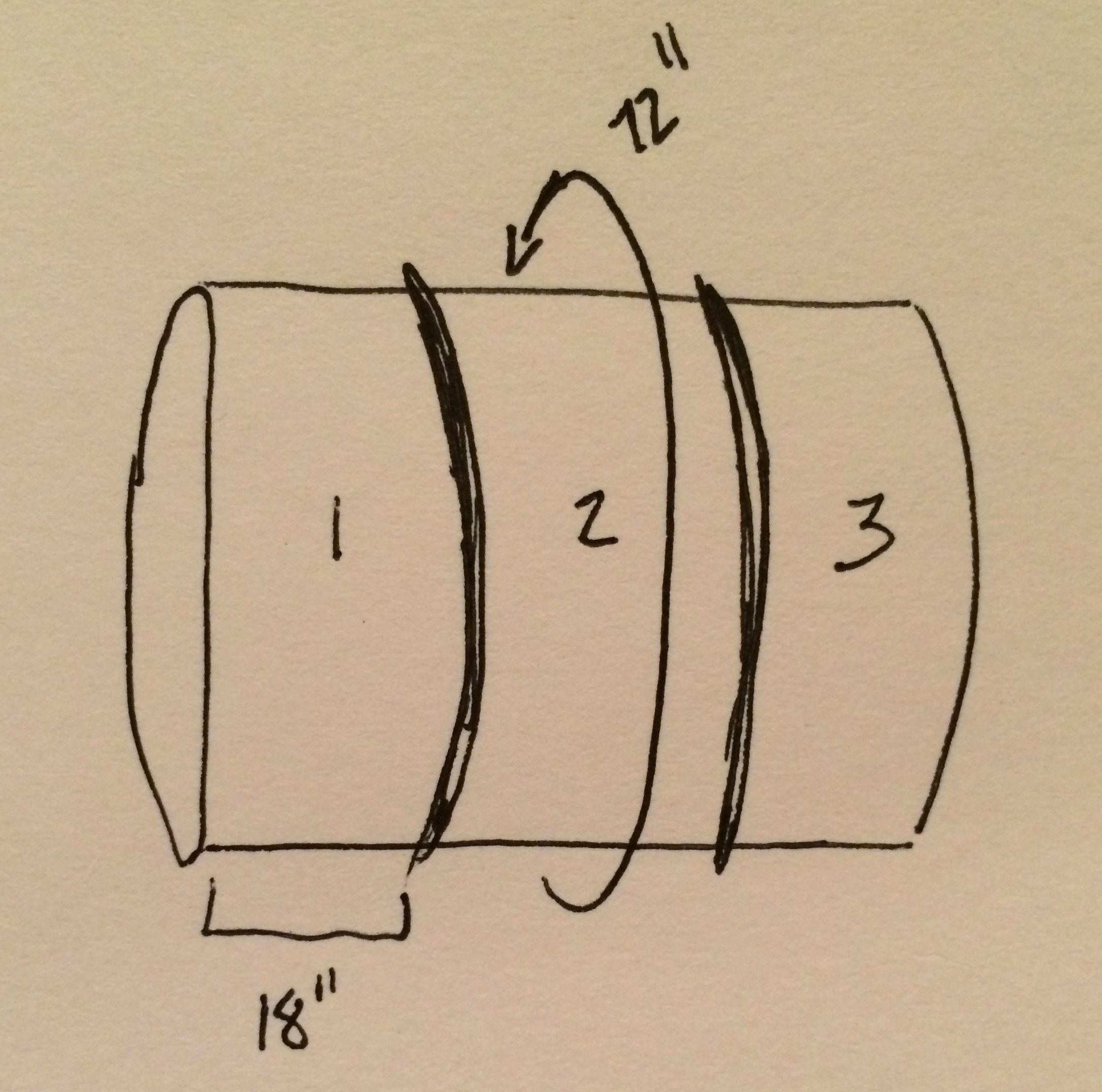
A single barrel yields three 18”x72” sheets of steel, which can be further cut down to suit the artist’s needs.
The artist then uses various tools, including hammers and chisels, to cut away negative space until they have the basic design they want. Detail is added by hammering tiny indentations into the back of the metal to create raised patterns on the front.
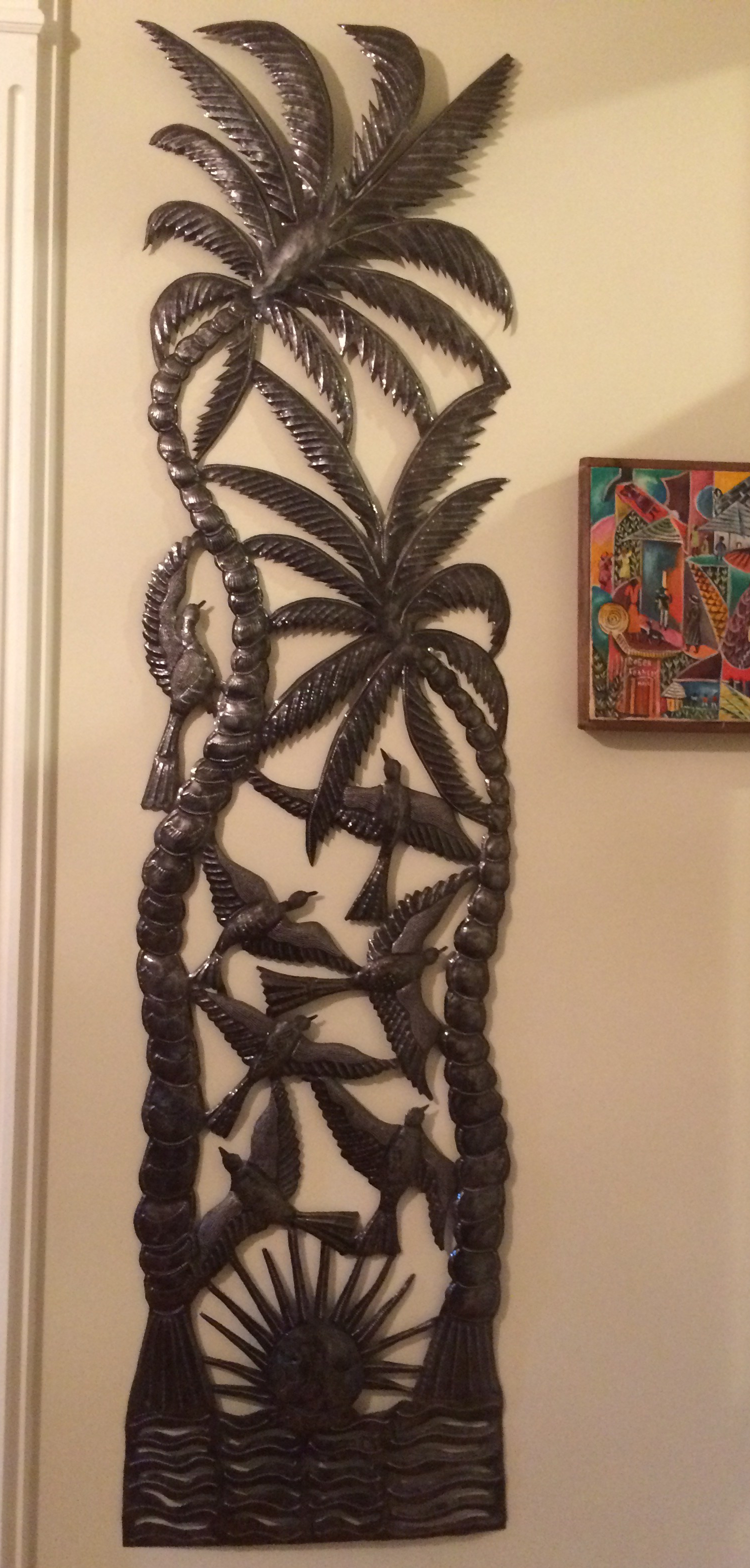
You can see how the original steel drum sheet dictates the dimensions of this wall hanging by Jean Sylvestre. The artist’s skill lies in creating movement even within a rigid framework.
Much of the artwork created today still centers on human and animal imagery with spiritual themes, but artists haven’t escaped the pressure of commercialization. There is a big American market for decorative metalwork (evidence: you can find artists in Croix-des-Bouquets hammering away at “Live, Laugh, Love” wall hangings) and forgeries of collector-grade works abound online.
Depending on size and quality, metalwork pieces can sell for as little as $25 or for up to thousands. The best strategy for buying? Browse through the workshops in person to find pieces that you like. The works are steeped in a tradition of creativity, spirituality, and a sense of humor that comes through their ingenious designs.
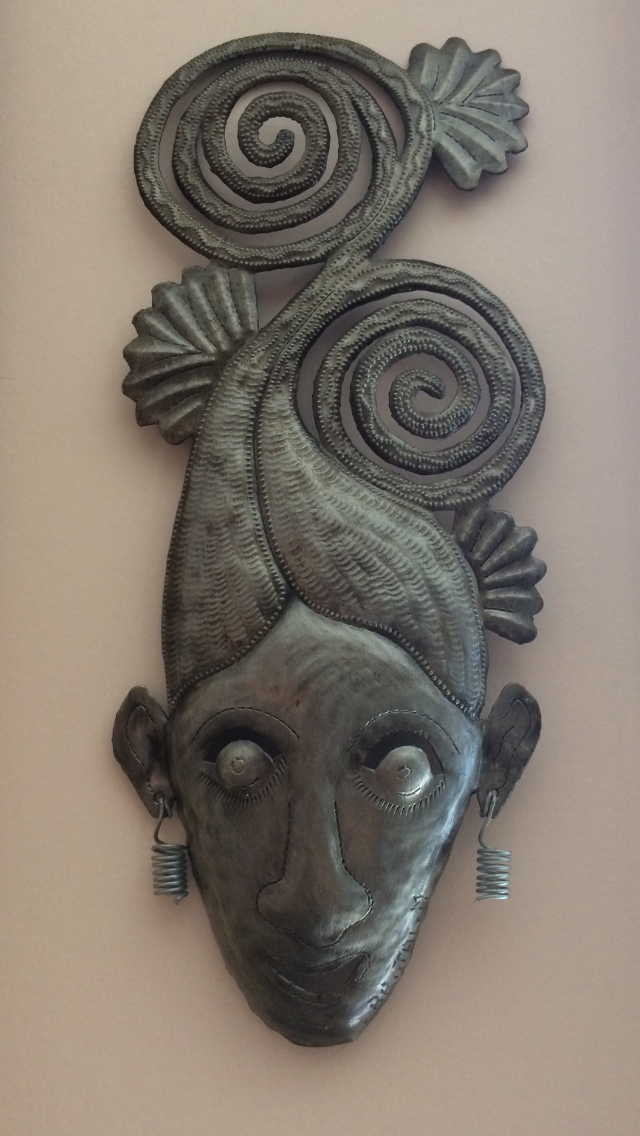
A whimsical mask I picked up in Little Haiti, Miami

This intricate 3-part screen at a gallery in the Village Artistique de Noailles features a design of leafy branches and peacocks.
Written by Megan Pearson on May 31, 2018

